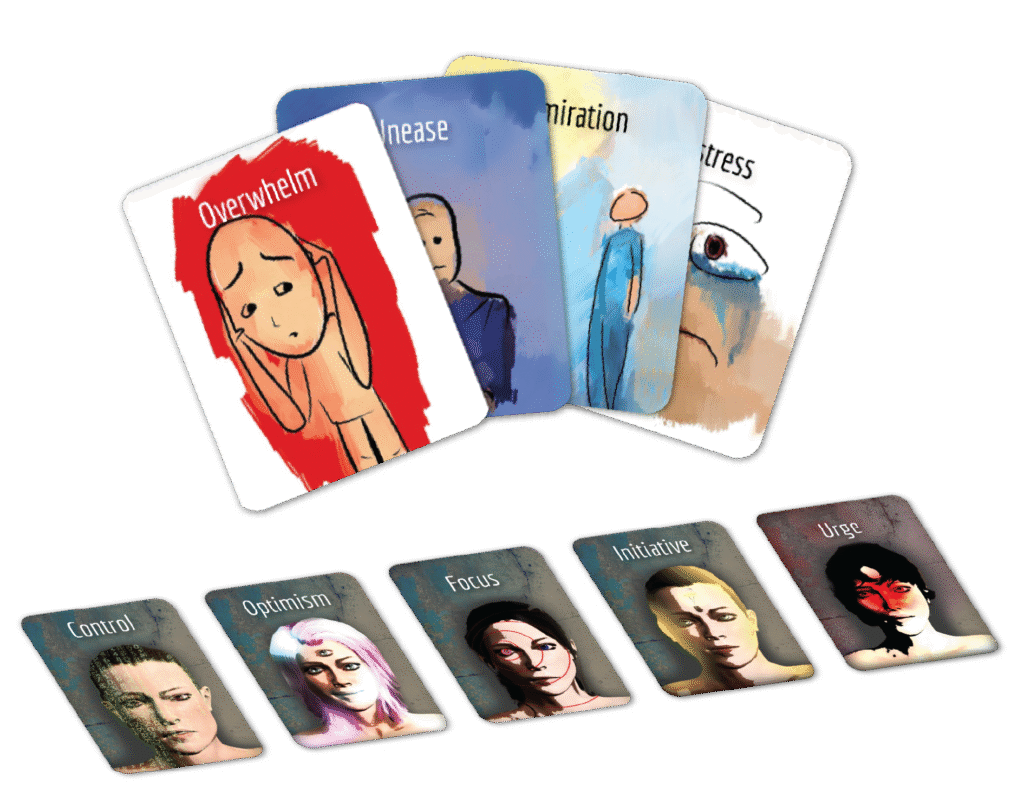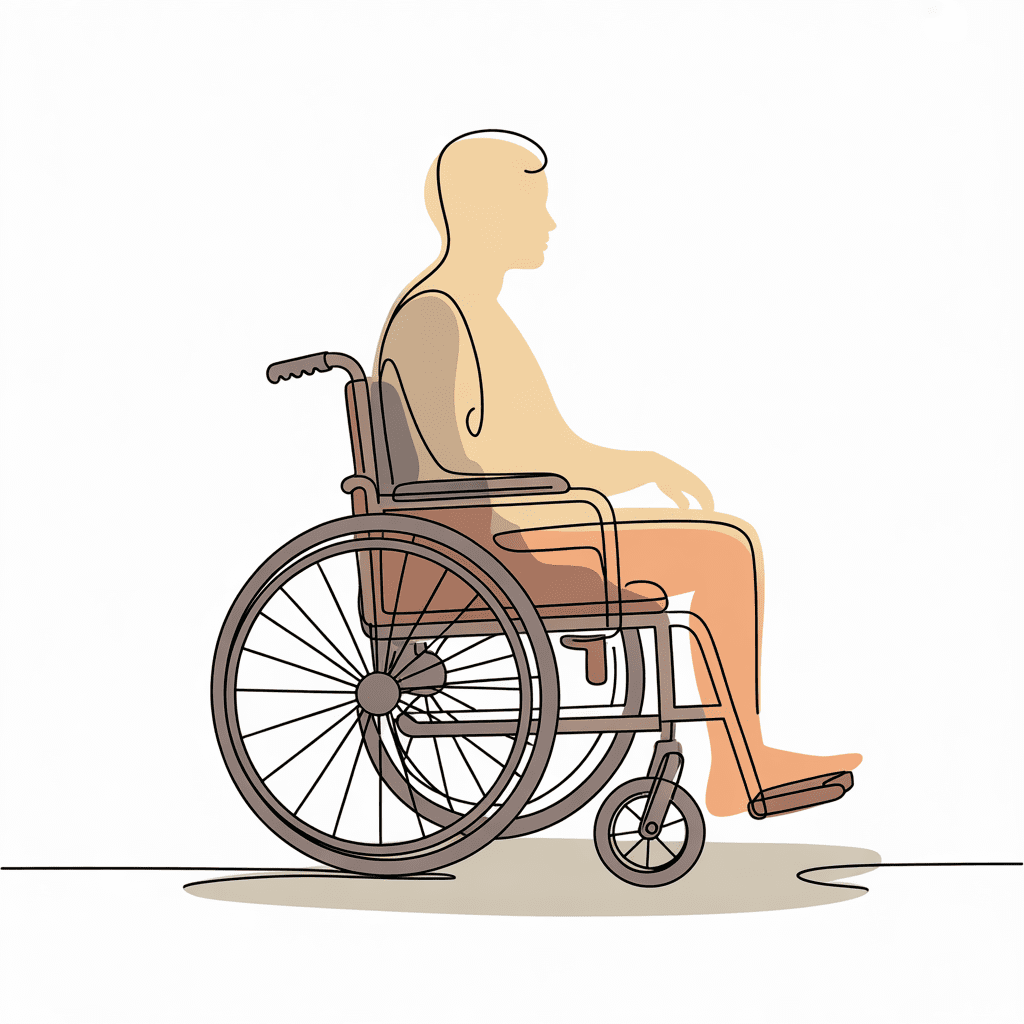
Working with clients who have disabilities isn’t just about ramps, forms, or “special accommodations.”
It’s about power, autonomy, exhaustion, identity, and the emotional labor of living in a world that isn’t built for you.
It’s the difference between asking,
“Do you want to talk about your disability?”
versus
“What is your relationship with your body/disability today?”
Most clients don’t need fixing.
They need recognition – of the reality they navigate every day.
Here’s what therapists often overlook… and what can make therapy safer and more accessible for disabled clients.
1. Disability Is Not the Problem — But It Creates a Whole Ecosystem of Problems
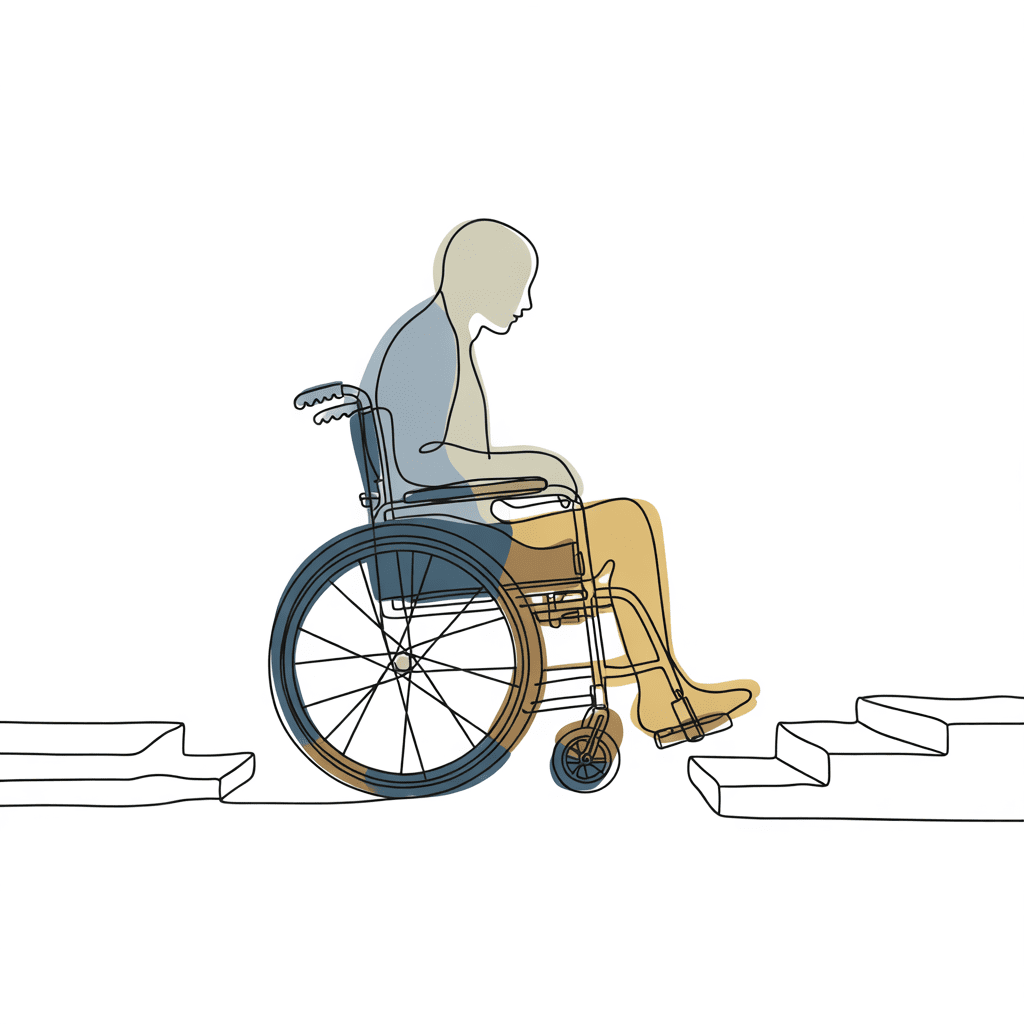
Disability isn’t trauma by default.
But:
- inaccessible systems
- chronically invalidating professionals
- doctors who don’t listen
- public spaces that shut you out
- strangers who talk to your companion instead of you
- or authorities who lay hands on you because your body is “inconvenient”
…can absolutely be traumatic.
Therapy becomes safer when you recognize that disability isn’t the pathology —
the world’s response to disability is.
Try asking:
“What makes your disability harder than it needs to be?”
2. Avoid the “Inspiration Reflex”
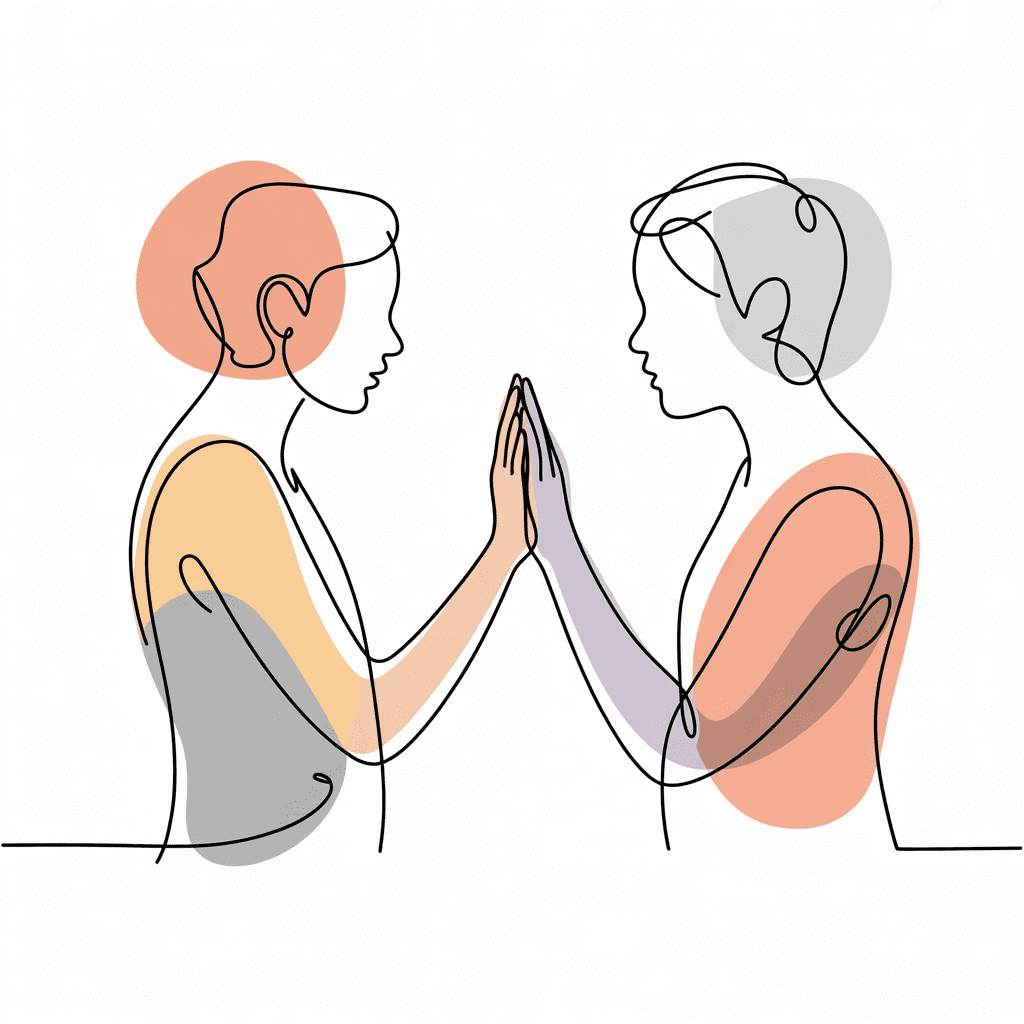
Many clients with disabilities are used to being treated like:
- a moral lesson
- a motivational poster
- or a tragedy wrapped in a smile
They don’t want admiration, pity, or spiritual framing.
Just honesty and respect.
You can remind them that they’re dealing with a lot and it natural to feel like things are hard, but don’t glorify them.
Instead of:
“You’re so strong”
Try:
“That sounds exhausting. What helps you get through days like that?”
Validation > admiration.
3. Let Clients Define Their Limits — Don’t Guess Them
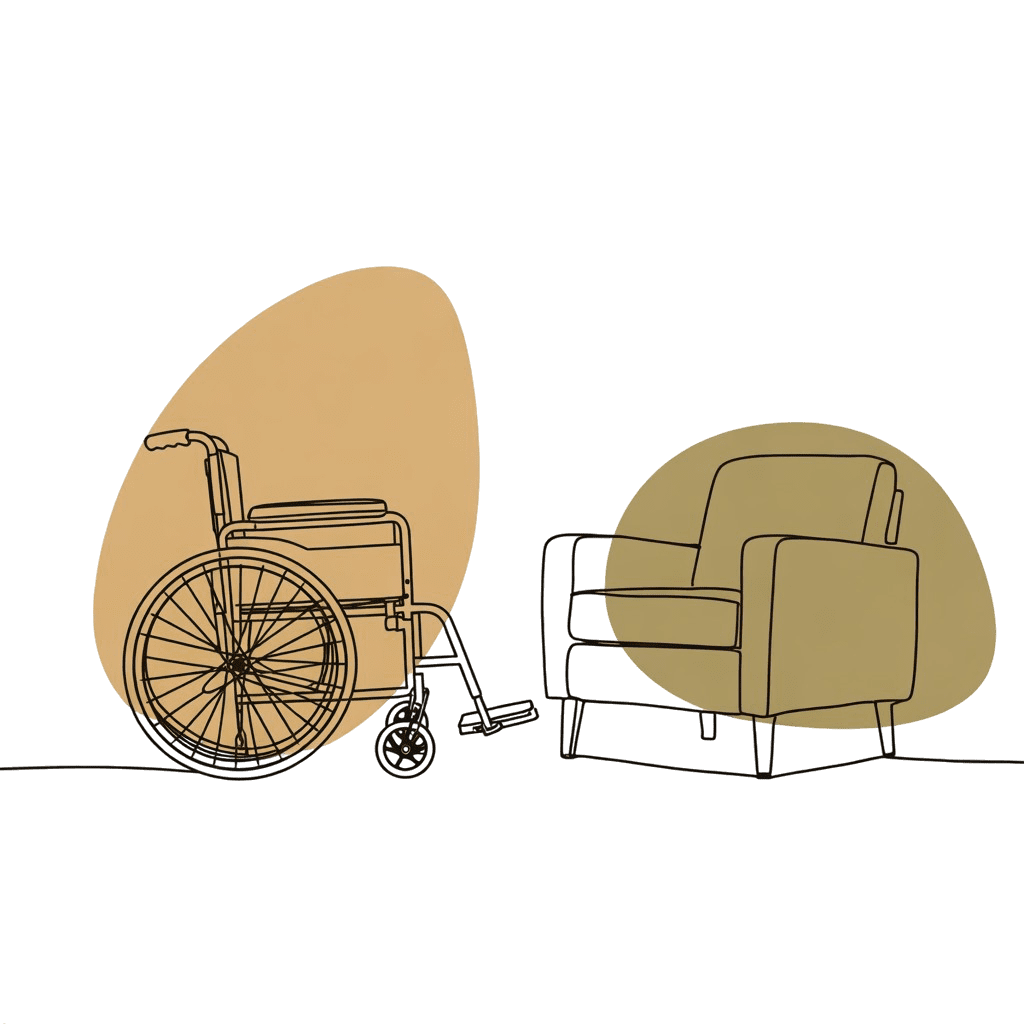
Disabled clients constantly manage other people’s discomfort:
- “Are you sure you can…?”
- “Let me help you with that” (without asking)
- “You don’t look disabled”
Therapy should be the place where autonomy returns.
Ask, don’t assume:
- “How do you prefer I support you with physical tasks?”
- “Is there anything about the structure of sessions that makes things easier or harder?”
Empowerment is the accommodation.
4. Pain, Fatigue, or Mobility Issues Are Not Avoidance

A disabled client cancelling isn’t a lack of commitment.
It’s often:
- pain spikes
- lack of transportation
- failed accessibility
- medical burnout
- or simply running out of capacity
Therapy stays intact when you acknowledge that chronic energy budgeting is real.
Good question:
“How can we keep continuity when your body has other plans?”
5. Disability Shapes Emotional Pace

Some clients process things slower when fatigued.
Some process faster because they’re used to survival mode.
Don’t mistake body-based pacing for psychological resistance.
Try noticing:
“Your thinking feels sharper today — less pain?”
or
“You’re slowing down, do you want a break or a different pace?”
The body is part of the room.
Always.
6. Offer Tools That Don’t Rely on Physical Capacity
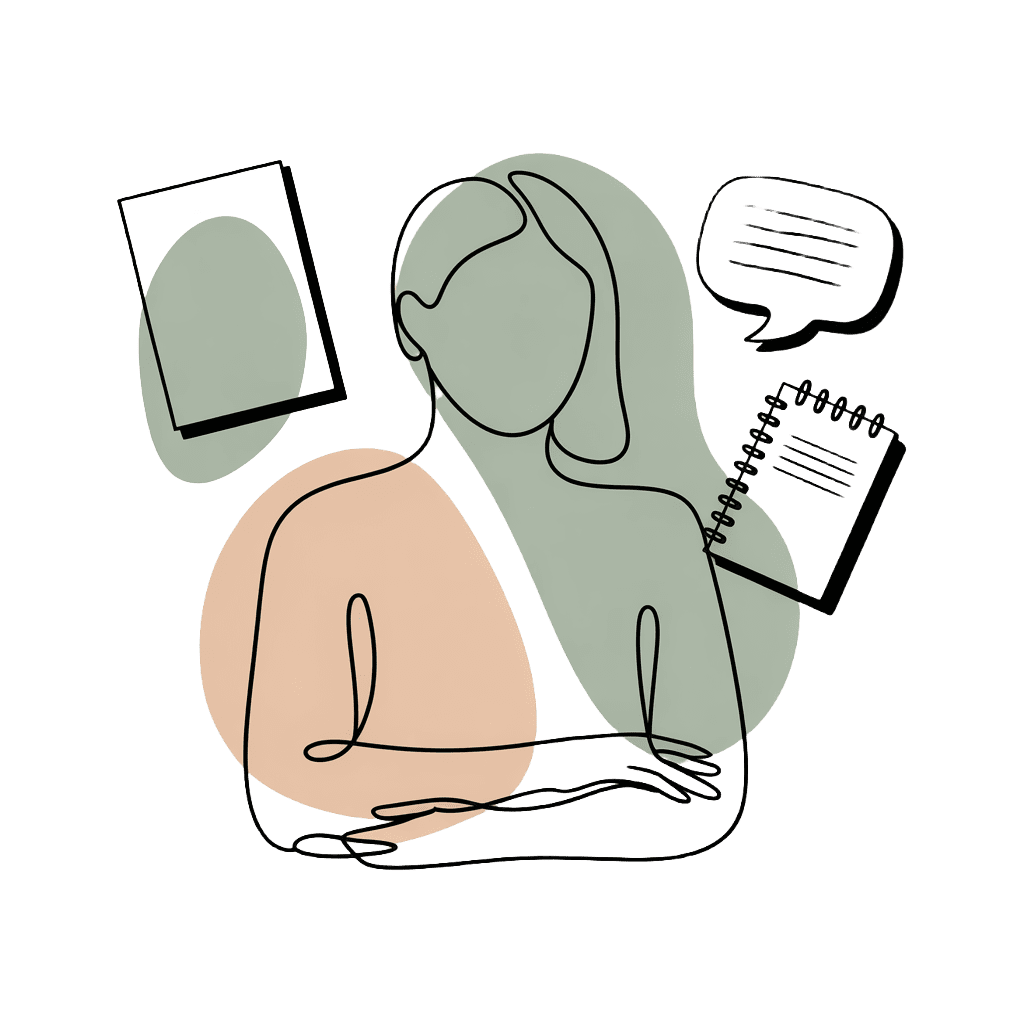
Instead of “homework” that assumes energy/mobility, try:
- one-word check-ins
- voice notes instead of writing
- using cards for expression when verbalizing is too much
- body-neutral grounding (not everyone can “feel their feet on the ground”)
Flexibility = accessibility.
7. Ask About the Identity Layer — Not Just the Functional One
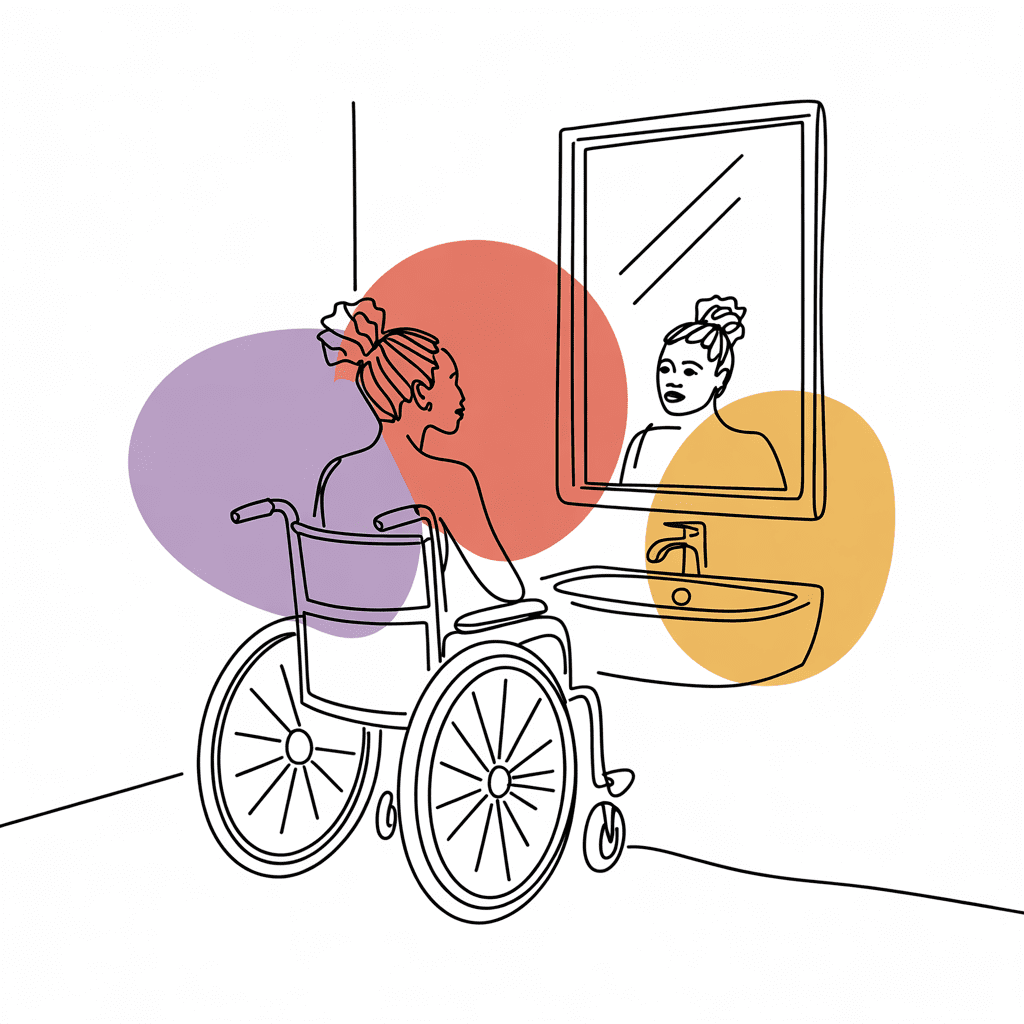
Many disabled clients struggle with questions like:
- “Who am I if I can’t be productive?”
- “Is it okay to need this much?”
- “Am I a burden?”
- “What parts of me do people stop seeing when they see the wheelchair?”
These aren’t medical questions.
They’re existential ones.
Therapy helps when you ask:
“What identity feels closest to you — and which one feels imposed on you?”
8. Don’t Overfocus on Symptoms — Track the World Around Them
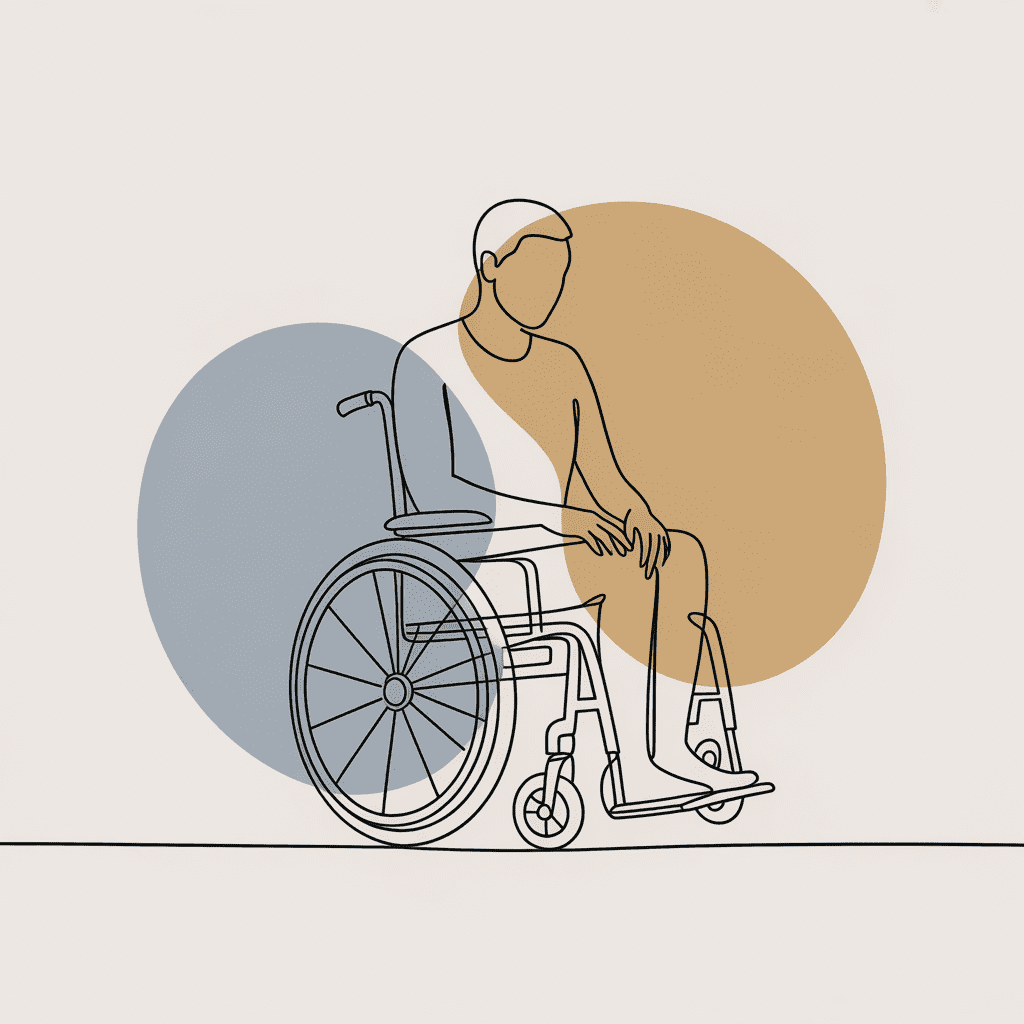
Disabled clients often doubt themselves because professionals treat physical symptoms as psychological.
You can be the first one to break that cycle.
Track:
- environmental triggers
- systemic barriers
- access issues
- interpersonal patterns
…as seriously as emotional ones.
It tells the client:
“I believe you. Your body and your experience make sense.”
9. End With Permission, Not Pressure

A lot of disabled clients spend their lives performing functionality.
Let therapy be the place where they don’t have to.
Try ending with:
“You don’t have to be ‘better’ for me to stay with you. We’ll work with the body you have today.”
This creates something many disabled clients rarely receive:
unconditional presence.



